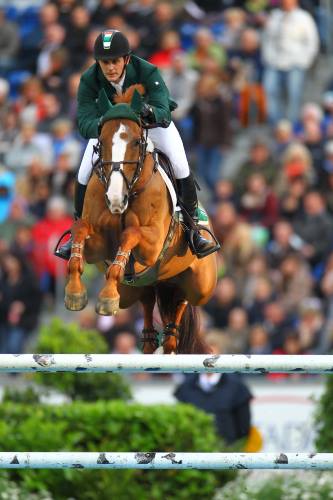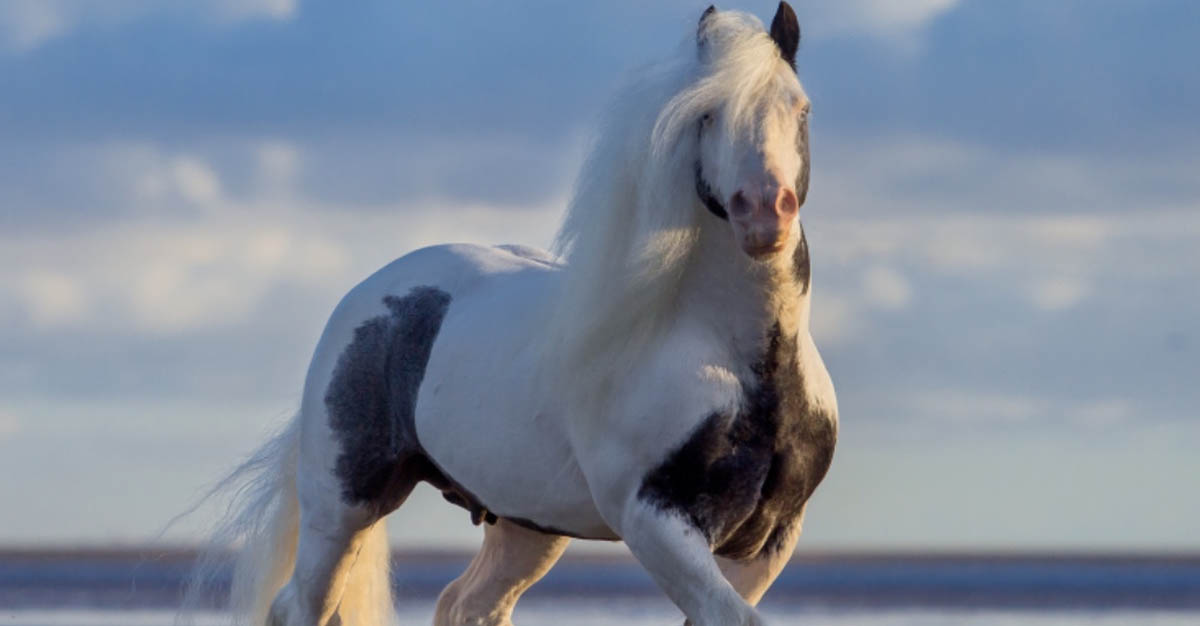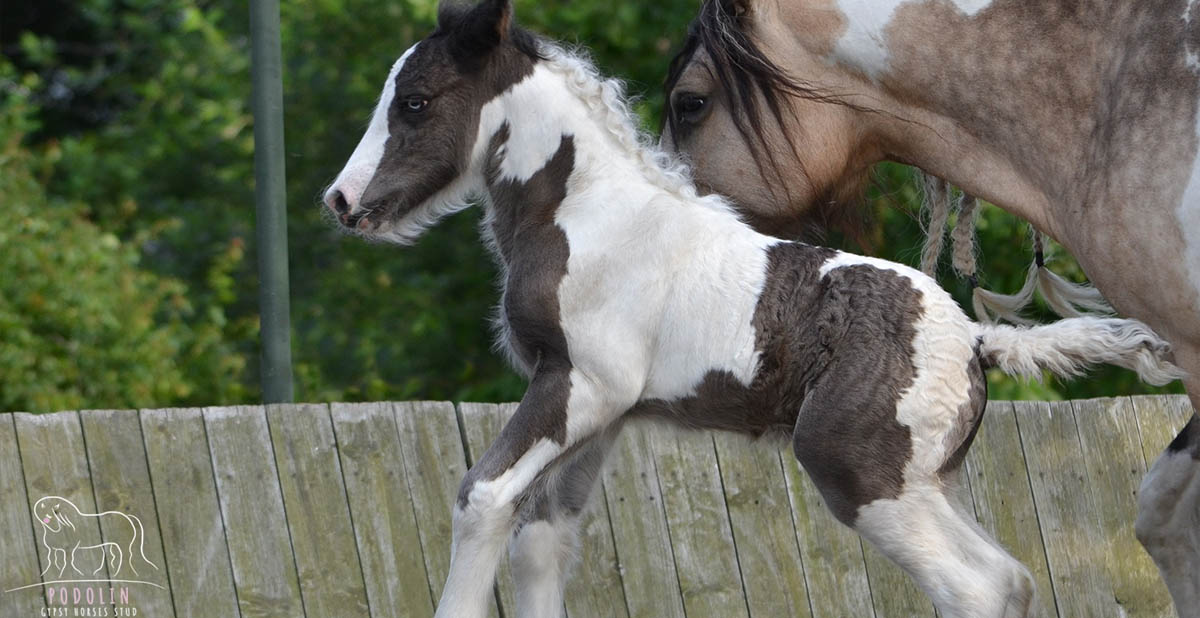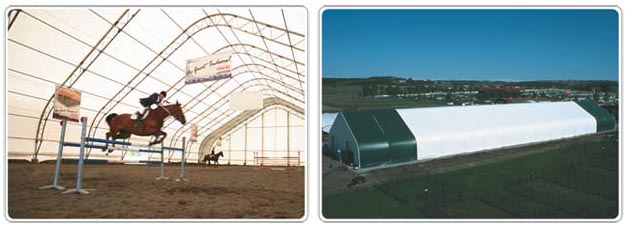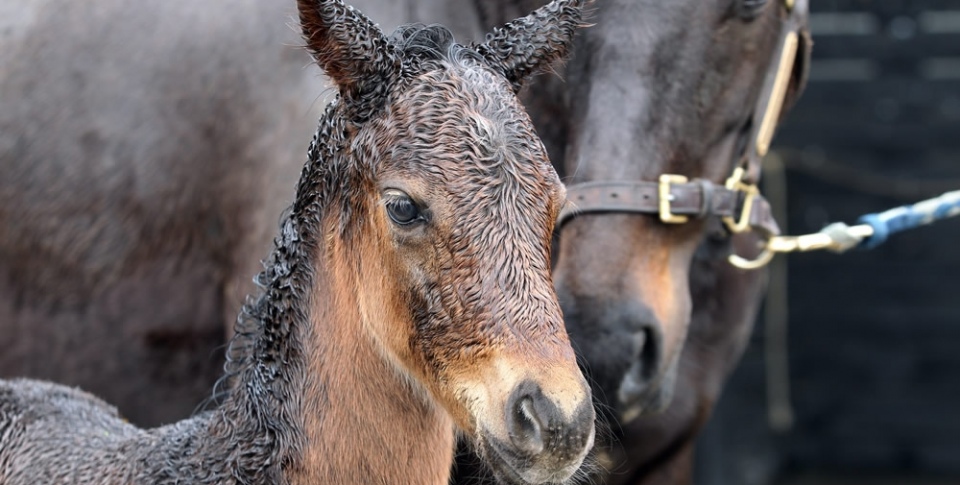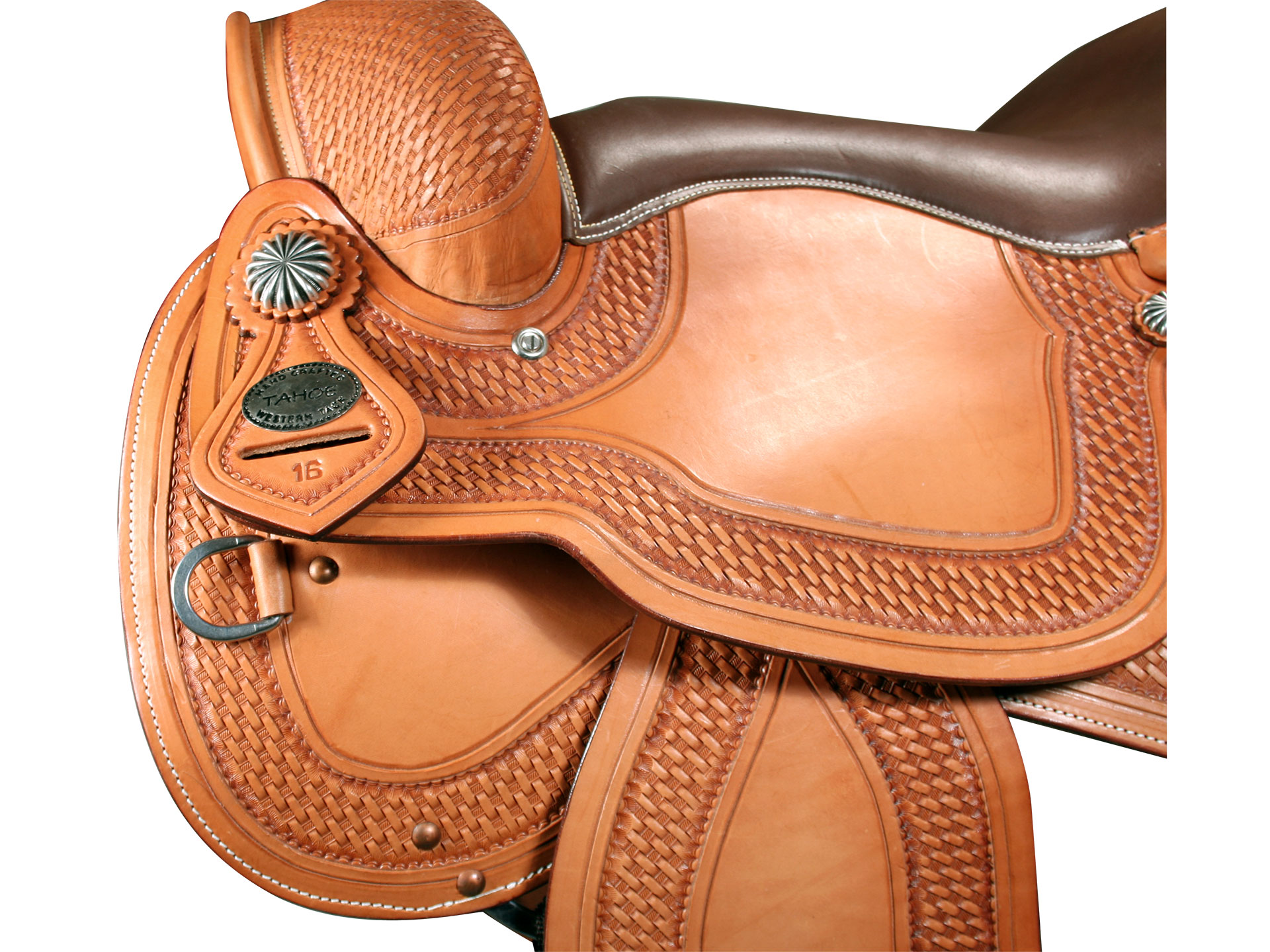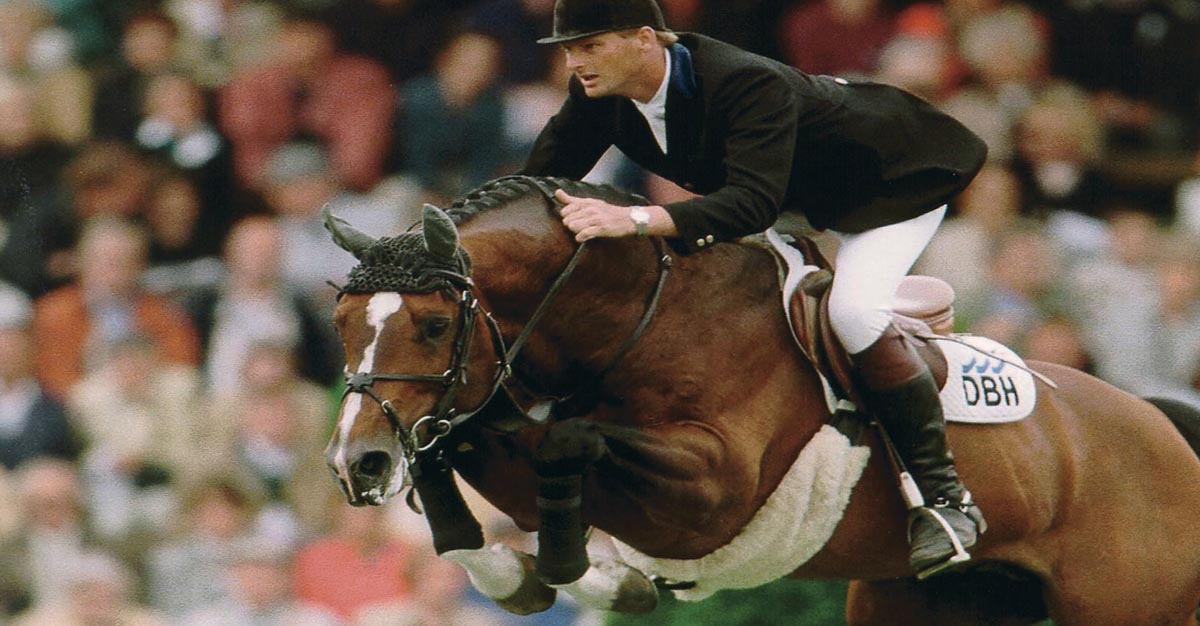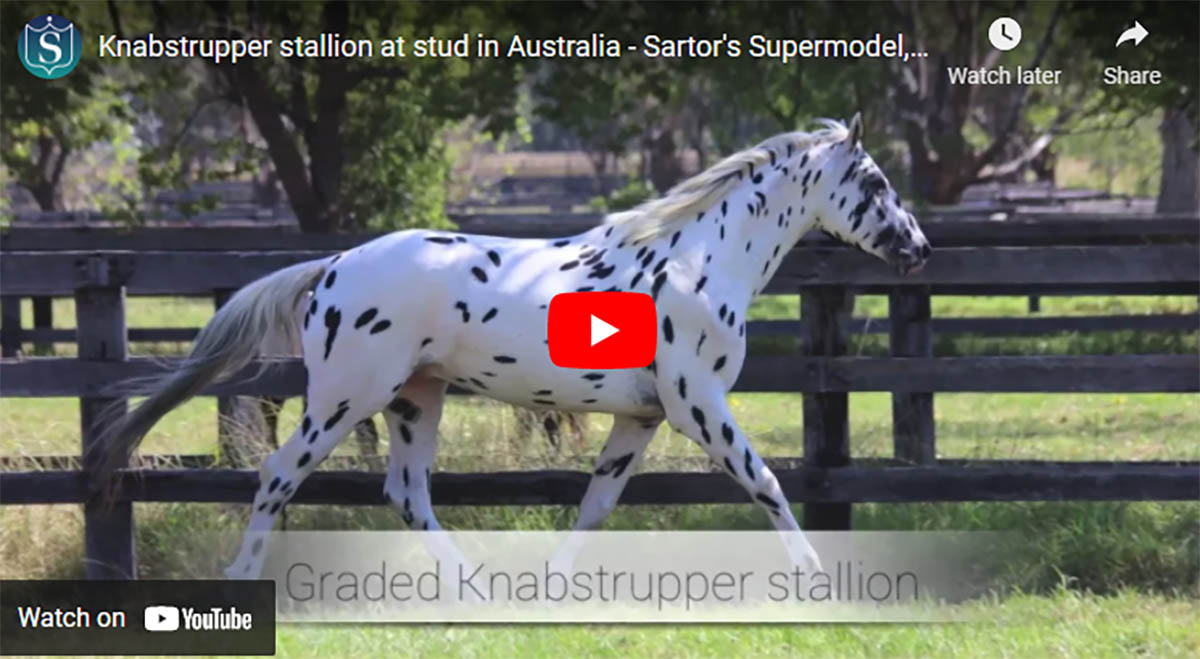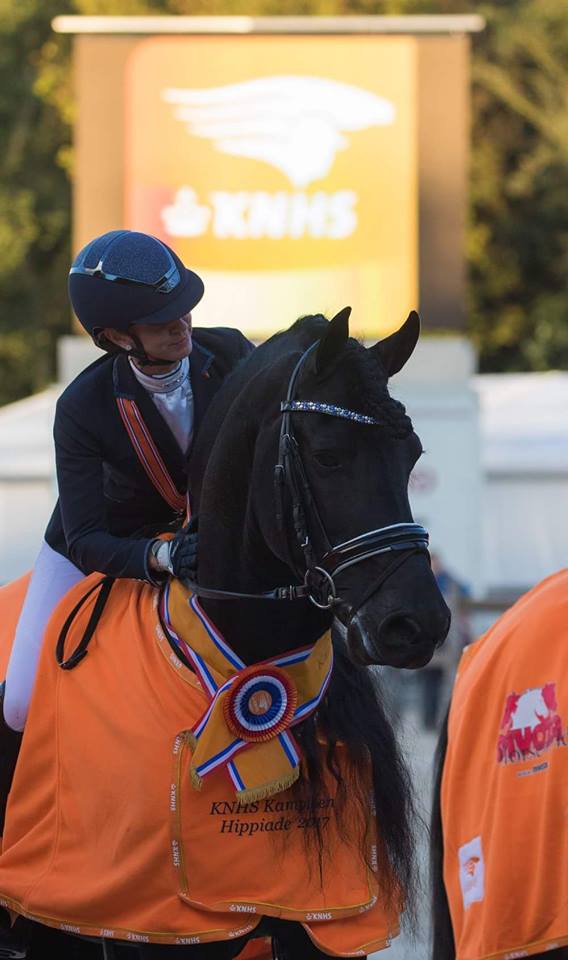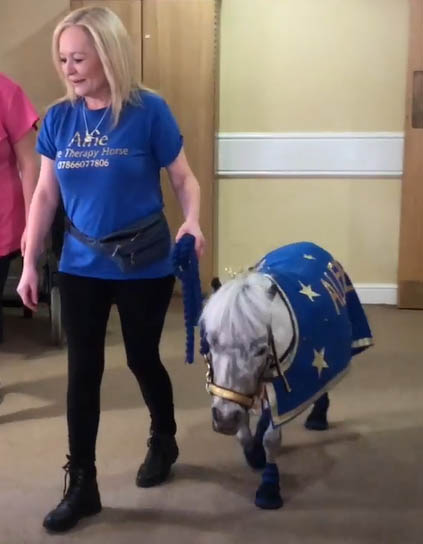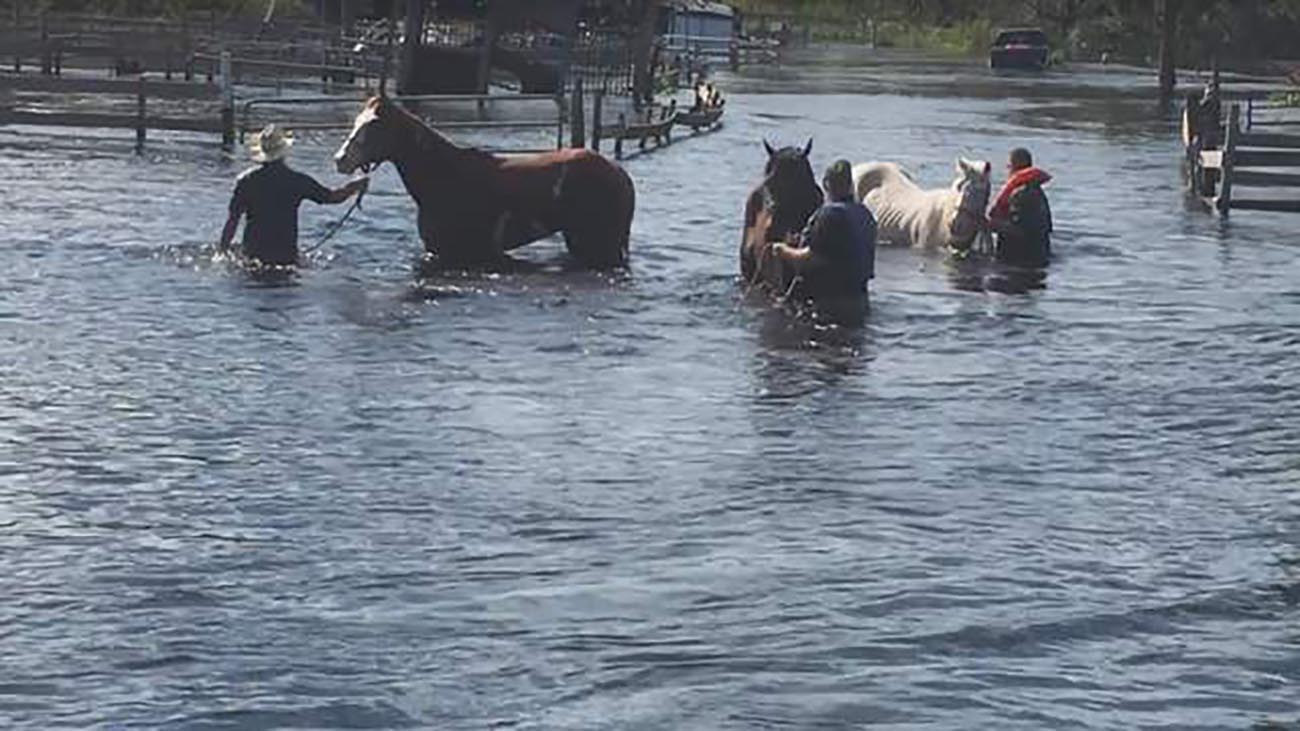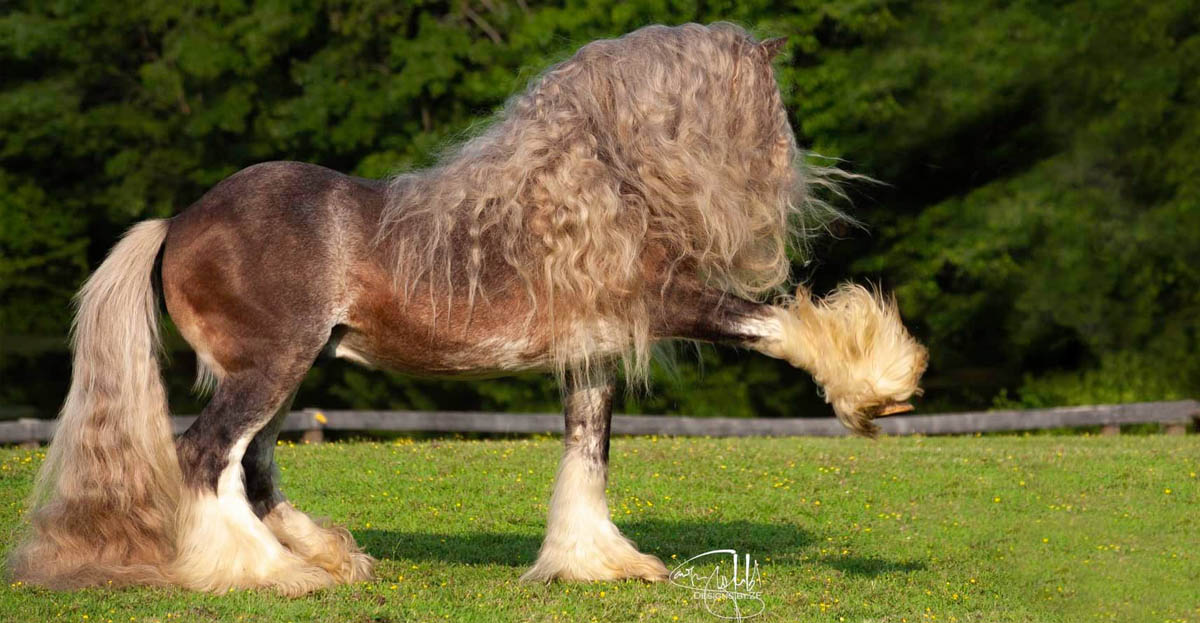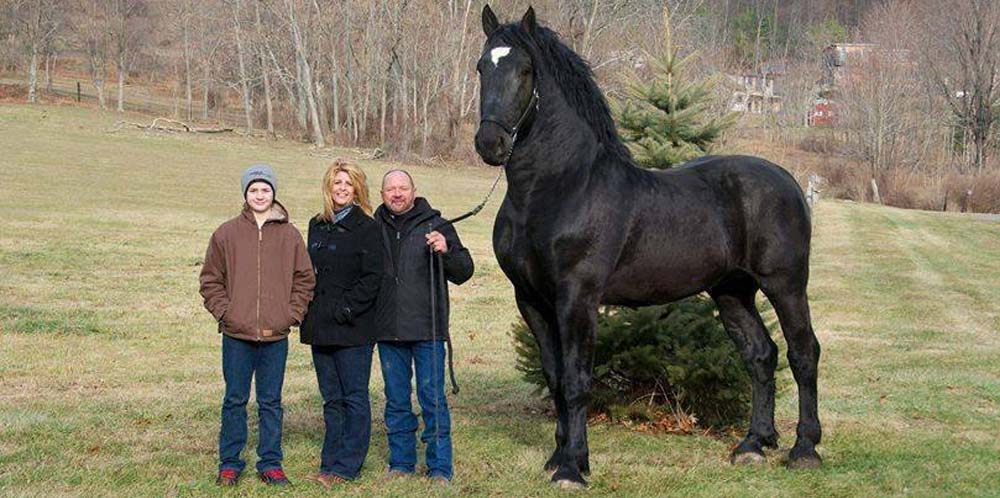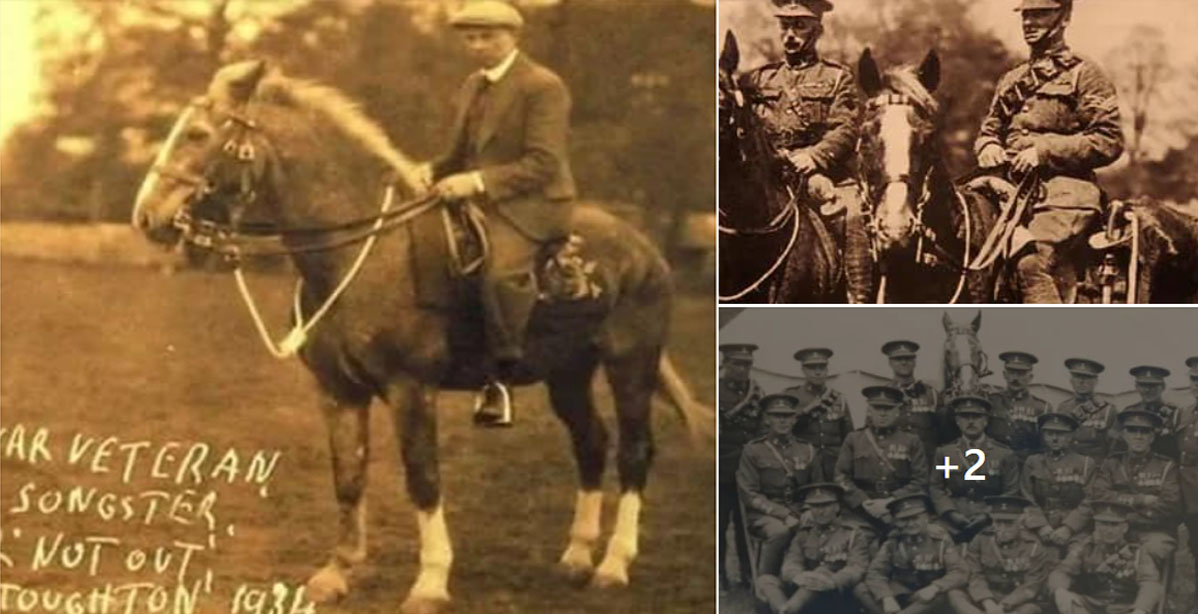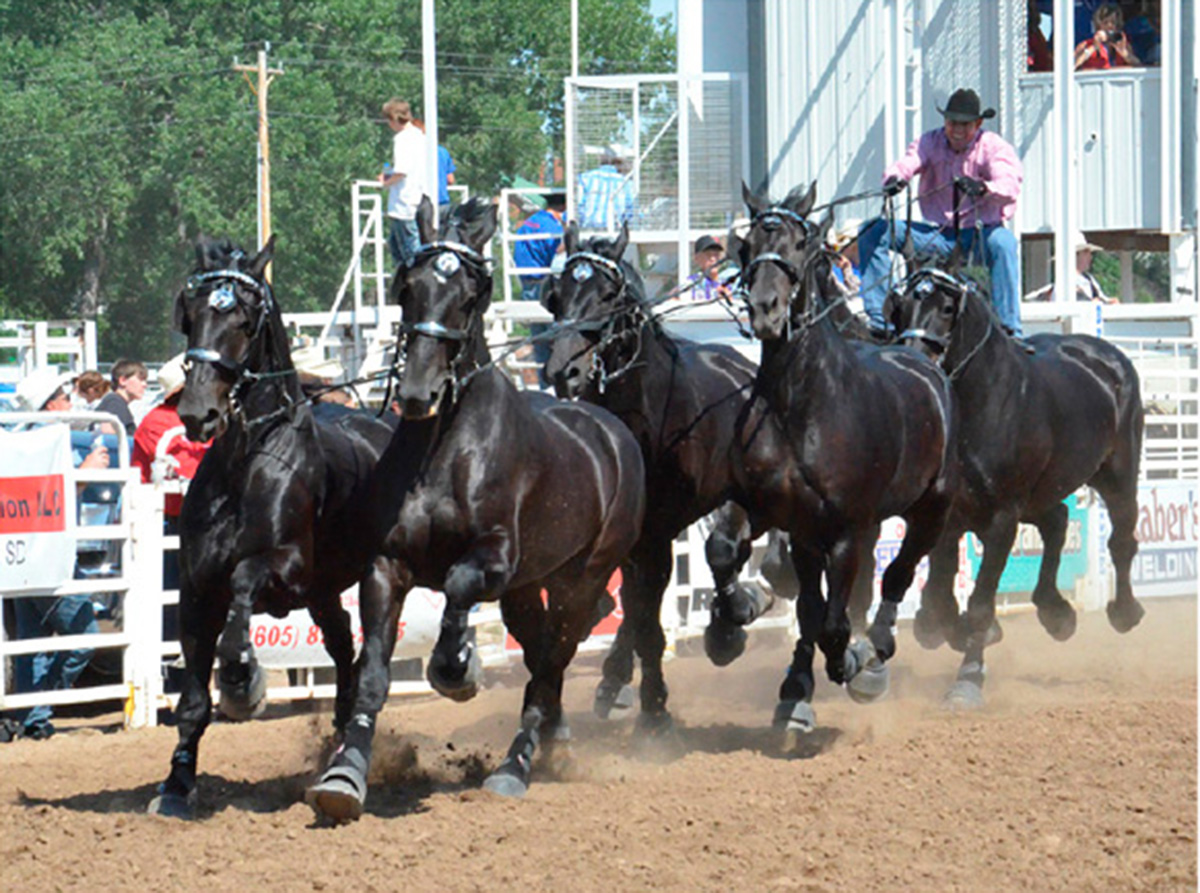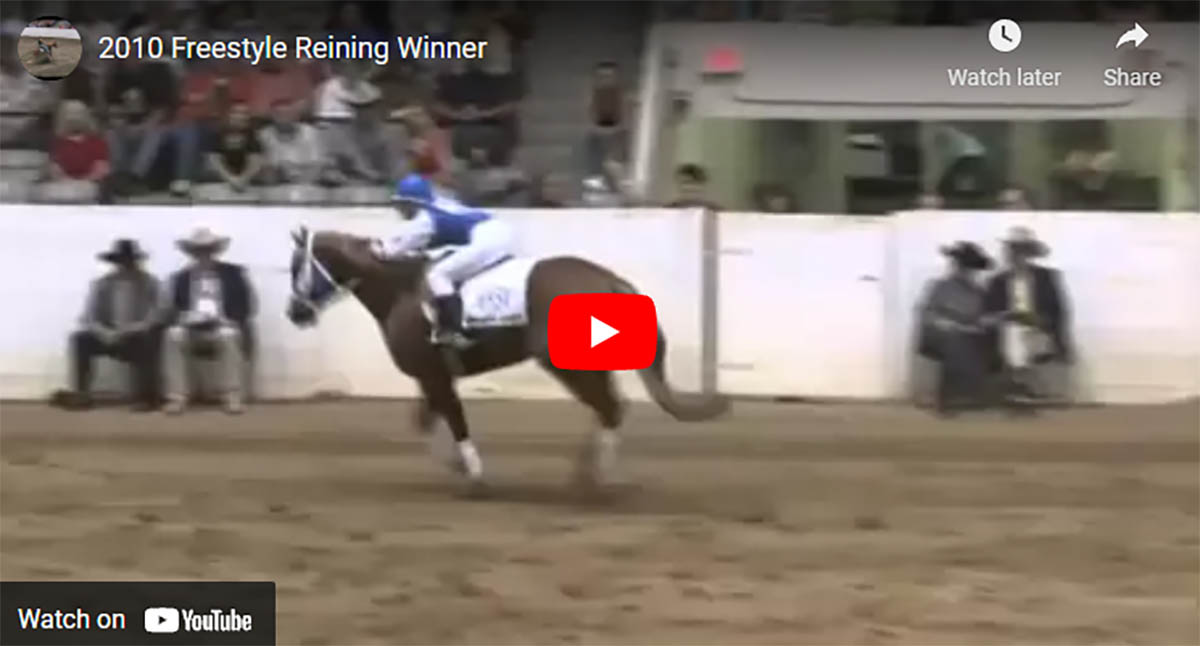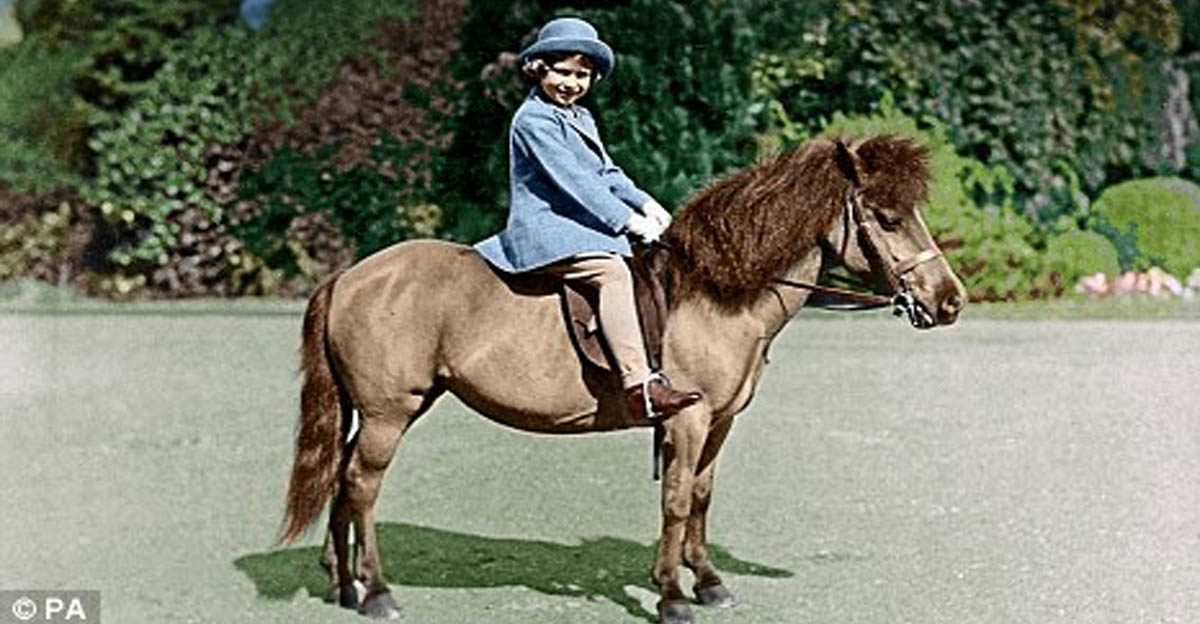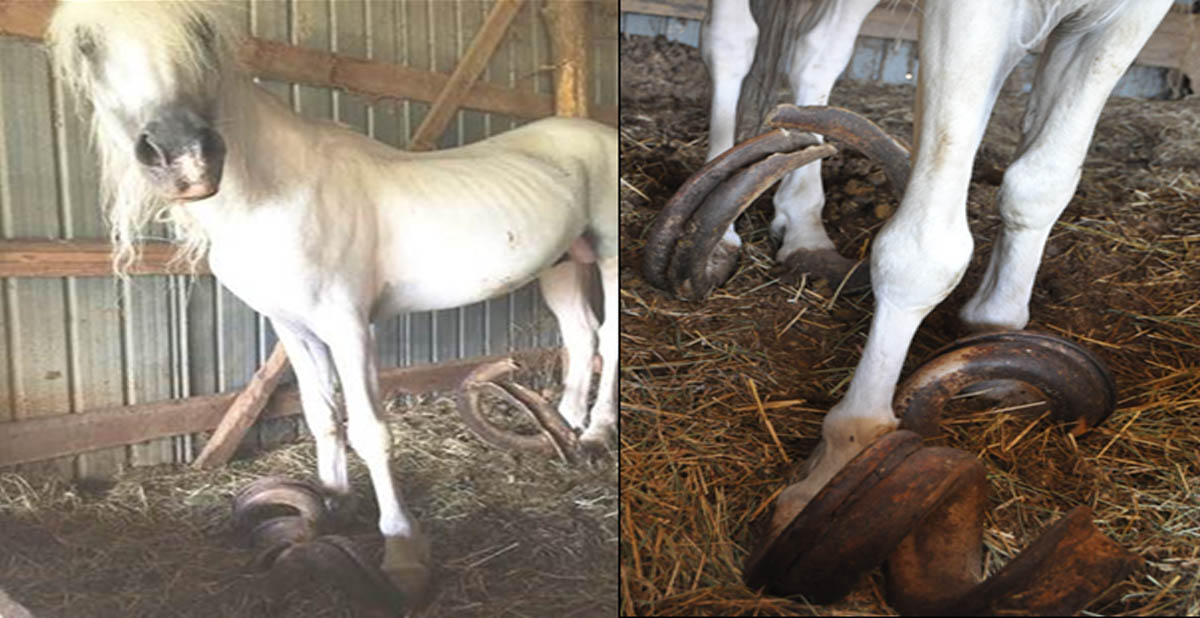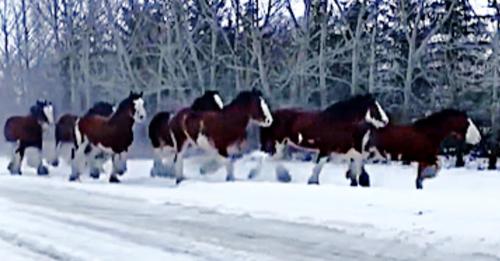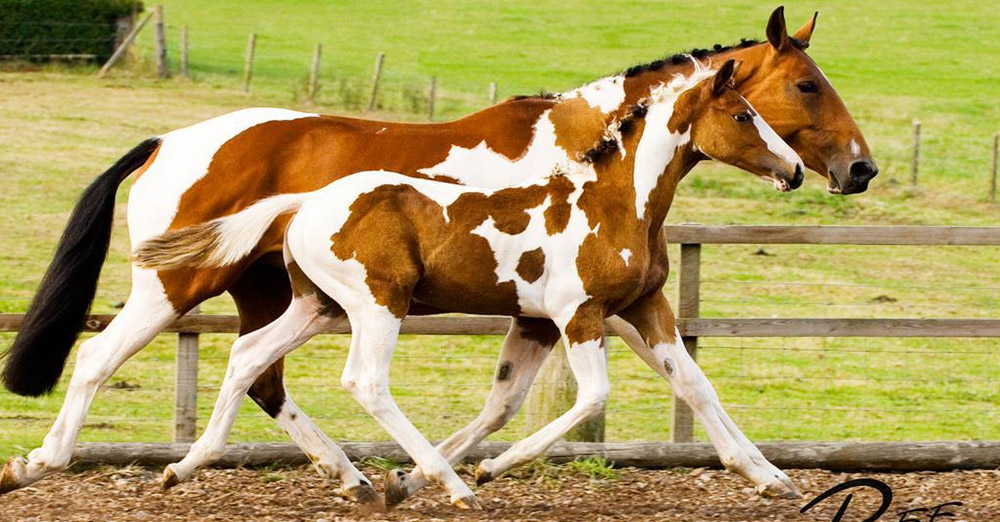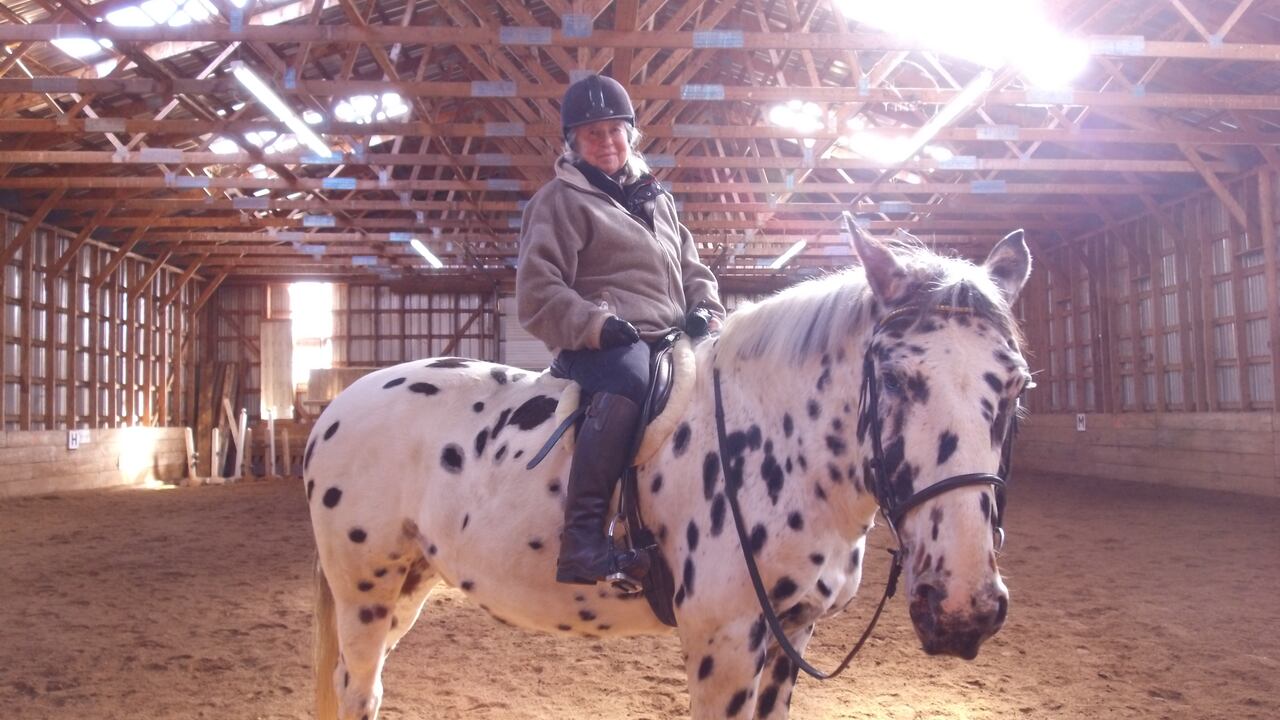Gregor Tacx
Gregor Tacx is a leading dressage rider from Holland, originally beginning in the sport of showjumping Gregor would eventually discover the true passion of Dressage, below you can watch Gregor in action riding Vivace de Jeu, doing a freestyle test


How To Stop Your Horse From Rearing And What To Do If He Does
There is a dangerous problem that horse owners should be very aware of. It`s when a horse stands up on his back legs. It`s called `rearing.` This problem can be quite dangerous and cause severe injuries to the rider and/or horse.
Rearing is perhaps a horse`s most effective defense against the rider. It is dangerous in that the horse can fall over backward onto its rider. Because of a horse`s enormous weight this can cripple and even kill the rider. Thus, it is good to know why, if possible, a horse rears. But even more importantly, how to stop it.
If your horse ever does rear with you on him, there isn`t much you can do. If he rears suddenly, he could lose his balance and fall or he could rear so explosively that he can throw himself back to the ground with the rider under him. If you`re on him while this is happening and you use the reins to pull on to keep from falling, you`re likely to pull the horse over.
Although it`s not one hundred percent infallible, the best way to protect yourself when a horse rears with you is to lean forward immediately and put your hands forward so you have loose reins. If you have to, you could even put your arms around his neck, let go of the reins and slide off. For my money, there aren`t any other safer ways to deal with a horse if he suddenly rears.
Why do horses rear` There are several reasons why. Here are some examples.
I`ve read where a rider was on an obedient horse while trail riding. They came upon cows and it scared the horse because the horse was not used to cows. The rider tried to get the horse to go toward the cows to get it to learn that cows are not spooky. The horse obeyed and went forward but finally became so frightened that it reared up, lost balance, and fell on its rider. The rider suffered numerous broken bones.
The rider later understood the horse felt trapped. The horse obediently went forward even though it was frightened. As it got closer, fear overpowered the horse and it had nowhere to go but up.
Some horses rear because as colts they were too young to be ridden. Another reason rearing happens is because training may confuse the horse. The horse may be asked to do too much at one time and not know what to do.
Sometimes a horse will rear if it is forced to yield to the bit. Other horses may rear if you try to get them to put out more energy than they can. On the opposite end, some horses may rear because they want to go and you don`t let them.
So how do you stop a horse from rearing`
First, let`s take a look at the anatomy of a horse while it rears. A horse cannot rear while running. A horse must stop (or be barely moving) to be able to rear. If a rider has had enough experience on a horse he can feel when the horse gets light in the front. In a way, it would be a bit like sitting in the middle of a teeter-totter where you can feel one side getting light.
So, if a horse has to stop to rear up then it makes sense to keep the horse moving so it cannot rear up. Thus, if you feel your horse getting light in the front then you move him forward and do it with meaning. Not ......


Gregor Fischer
Gregor Fischer - GermanyGregor Gruber
Gregor Gruber - ItalyGregor Heleine
Gregor Heleine - GermanyGregor Knox
Gregor Knox - UKGregor Schmidt
Gregor Schmidt - GermanyGregor Schneider
Gregor Schneider - GermanyGregor Terglav
Gregor Terglav - SloveniaGregor Hasenbeck
Gregor Hasenbeck - GermanyGregor Mihelcic
Gregor Mihelcic - SloveniaGregor Stă–Ckl
Gregor Stă–Ckl - AustriaJohan Gregor Lewenhaupt
Johan Gregor Lewenhaupt - sweedenGregor Adlercreutz
Gregor Adlercreutz - SweedenHow To Stop Your Horse From Rearing And What To Do If He Does
There is a dangerous problem that horse owners should be very aware of. It`s when a horse stands up on his back legs. It`s called `rearing.` This problem can be quite dangerous and cause severe injuries to the rider and/or horse.
Rearing is perhaps a horse`s most effective defense against the rider. It is dangerous in that the horse can fall over backward onto its rider. Because of a horse`s enormous weight this can cripple and even kill the rider. Thus, it is good to know why, if possible, a horse rears. But even more importantly, how to stop it.
If your horse ever does rear with you on him, there isn`t much you can do. If he rears suddenly, he could lose his balance and fall or he could rear so explosively that he can throw himself back to the ground with the rider under him. If you`re on him while this is happening and you use the reins to pull on to keep from falling, you`re likely to pull the horse over.
Although it`s not one hundred percent infallible, the best way to protect yourself when a horse rears with you is to lean forward immediately and put your hands forward so you have loose reins. If you have to, you could even put your arms around his neck, let go of the reins and slide off. For my money, there aren`t any other safer ways to deal with a horse if he suddenly rears.
Why do horses rear` There are several reasons why. Here are some examples.
I`ve read where a rider was on an obedient horse while trail riding. They came upon cows and it scared the horse because the horse was not used to cows. The rider tried to get the horse to go toward the cows to get it to learn that cows are not spooky. The horse obeyed and went forward but finally became so frightened that it reared up, lost balance, and fell on its rider. The rider suffered numerous broken bones.
The rider later understood the horse felt trapped. The horse obediently went forward even though it was frightened. As it got closer, fear overpowered the horse and it had nowhere to go but up.
Some horses rear because as colts they were too young to be ridden. Another reason rearing happens is because training may confuse the horse. The horse may be asked to do too much at one time and not know what to do.
Sometimes a horse will rear if it is forced to yield to the bit. Other horses may rear if you try to get them to put out more energy than they can. On the opposite end, some horses may rear because they want to go and you don`t let them.
So how do you stop a horse from rearing`
First, let`s take a look at the anatomy of a horse while it rears. A horse cannot rear while running. A horse must stop (or be barely moving) to be able to rear. If a rider has had enough experience on a horse he can feel when the horse gets light in the front. In a way, it would be a bit like sitting in the middle of a teeter-totter where you can feel one side getting light.
So, if a horse has to stop to rear up then it makes sense to keep the horse moving so it cannot rear up. Thus, if you feel your horse getting light in the front then you move him forward and do it with meaning. Not ......



